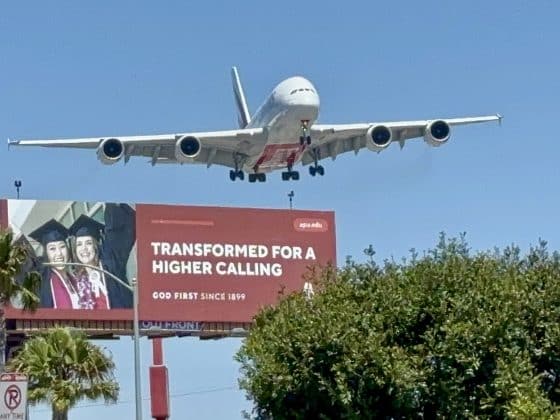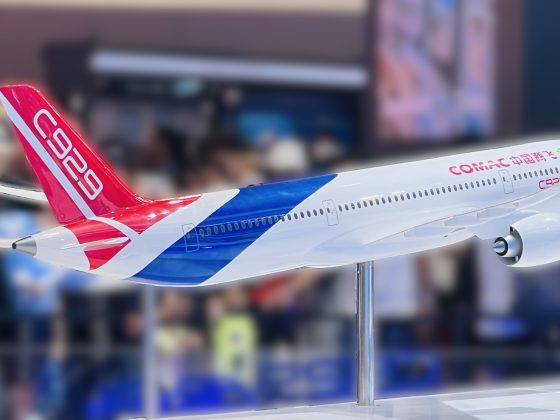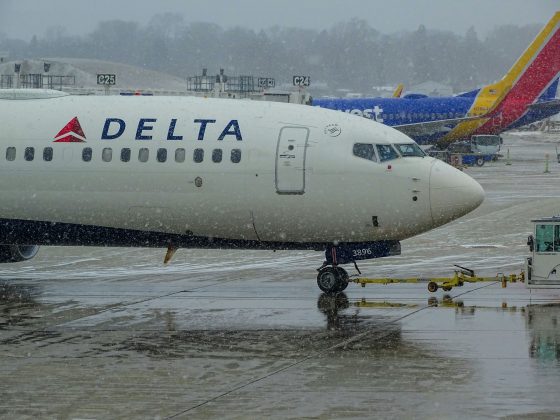The Boeing 737 MAX fleet is starting to hit its stride but the 737 MAX 10 is still awaiting certification with time running out.
The Boeing 737 MAX has had its share of difficulty over the years. The MAX was born as an answer to the fuel-efficient Airbus A320neo released in 2014. The stated fuel-burn for the MAX would be 14% less than the 737NG series. Since fuel savings is one place where operators can reduce spending and increase profits, this airplane was needed.
MAX is One of the Most Discussed Airliners
If you research the history of the MAX you will find no shortage of articles, reports, opinions, and documentaries describing the arduous journey Boeing took to get the 737 MAX certified and re-certified. There were corners cut and lessons learned to get the jet delivered to customers around the world wanting to get their hands on this new airplane. Boeing produced both the 737 NG (next generation) and 737 MAX aircraft at their Renton, Washington location. The first MAX rolled off the Renton line on December 8, 2015, with the first flight following on January 29, 2016. There were some problems with engines, parts acquisition, and other issues but the 737 MAX 8 was certified by the FAA on March 8, 2017, with EASA certifying the MAX later in the same month.
After gaining certification the MAX 8 was introduced to the world on May 22, 2017, with Malindo Air as the launch customer. As a side note, Southwest Airlines was originally slated to be the MAX launch customer but due to multiple obstacles with the airline, they delayed delivery until July 2017. I was lucky enough to be on the (October 1, 2017) inaugural Southwest Airlines flight #1 from DAL to HOU with the CEO Gary Kelly, reporters, and many other airline geeks. The energy on board was amazing and people were excited to see this modern airliner take flight. Little did we know how things would change in just another year.
The Crashes and Groundings Of The MAX
Just a little over a year after Malindo Air got their first 737 MAX 8 the world would be shaken by a horrible event on October 28, 2018. Lion Air 601 would crash shortly after takeoff killing all 189 people on board. There was no quick answer to what happened and investigators started going through evidence in an attempt to uncover the cause. Then on March 10, 2019, another brand new MAX 8 operated by Ethiopian Airlines would crash claiming the lives of another 157 passengers and crew. The death toll of 346 people would expedite the process of grounding all 737 MAX planes around the globe.
China would be the first country to ground the MAX, just 1 day after the Ethiopian #302 crash. Other countries around the world would follow, with the United States taking longer but finally grounding all MAXs on March 15th. The MAX was grounded by the FAA for 1 year and 8 months, costing Boeing a fortune in undelivered planes and a tarnished reputation.
(Re-)Certification
These crashes kicked off a series of steps that would be the foundation of the delay of the certification of the MAX 10 (as well as the recertification of the MAX 7). I will not go into the topics of MCAS (Maneuvering Characteristics Augmentation System), simulator and type training, AoA (Angle of Attack) sensors, etc, but I do want to talk about the main reasons for the delay in 737 MAX certification.
Self-Certification of the MAX
In the past, during the certification process, the FAA delegated many evaluations to Boeing which allowed the manufacturer to review their own product. It is widely reported that Boeing pushed to expedite approval of the 737 MAX to compete with the Airbus A320neo, which hit the market nine months ahead of Boeing’s MAX. This resulted in putting profit ahead of safety. There were internal employees at Boeing that tried to raise the flag but were ignored by management that had expedited delivery as their focus.
One selling point of the MAX was the crew training, which to be a success would need to be a snap-in for other operators flying non-MAX 737s. Crew training is expensive and airlines wanted to avoid this so Boeing delivered a product they said would require minimal training.
Crew Alerting In The Cockpit Regulation
In 2020 (after congress met with experts on the topic) the Aircraft Safety and Certification Reform Act was established. There are many parts to this ruling but one that will affect the MAX 10 deals with crew alerting. This rule states that any new planes certified from 2023 onward must comply with the latest crew alerting regulations mandated by the FAA. The 737 MAX design does not include this technology since it has many elements from its ancestor which was first designed in the 1960s.
If Boeing can’t get the MAX 10 certified by the end of 2022, it will be required to add this “costly” modification to the MAX 10. Boeing has said it might entirely scrap the MAX 10 program if the U.S. Congress does not offer them an exemption, but others in the industry think Boeing is bluffing to get around this requirement. Personally, I think this would be too costly for Boeing (to not deliver the MAX 10) and a solution will be found in time.
Regulation Updates Are Made For Good Reason
After we learned the causes of the Lion and Ethiopian (MAX 8) crashes, changes were made to prevent this from happening again. No longer would the FAA allow Boeing to do their own internal evaluations. Many countries lost faith in Boeing and now want to recertify their registered 737 MAXs using their own processes. These two things mean that the airliner will be queried on all aspects of the plane certification. As a result of Boeing’s past behavior along with enhanced processes, it is uncertain if the MAX 10 will be certified by the end of 2022.
Many airlines are eagerly waiting for a larger single-aisle option by Boeing and time is ticking. There is a big demand for both Boeing and Airbus to meet this need. Like the MAX 8, the MAX 10 was envisioned to compete with Airbus, specifically the Airbus A321neo with superior range and the capacity to carry up to 220 passengers. Currently, United is expected to be the launch customer of the 737 MAX 10. Ryanair has also shown interest in a 230-passenger version of the MAX 10. There are currently 600 orders for the MAX 10.
Hope for the MAX -10?
At the recent Farnborough Air Show, Delta announced a large order for the Boeing 737 MAX 10 which indicates confidence in this version. Other likely customers are waiting in the wings to see what happens with certification of the largest version of a Boeing ever built. The future of the MAX 10 is uncertain but the MAX 8 and MAX 9s are hard at work flying many passengers to different places around the world.










